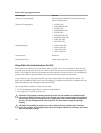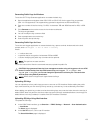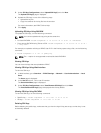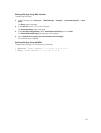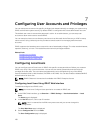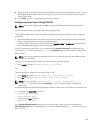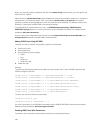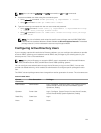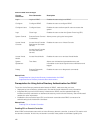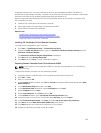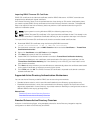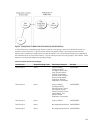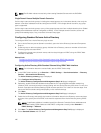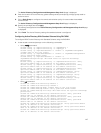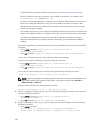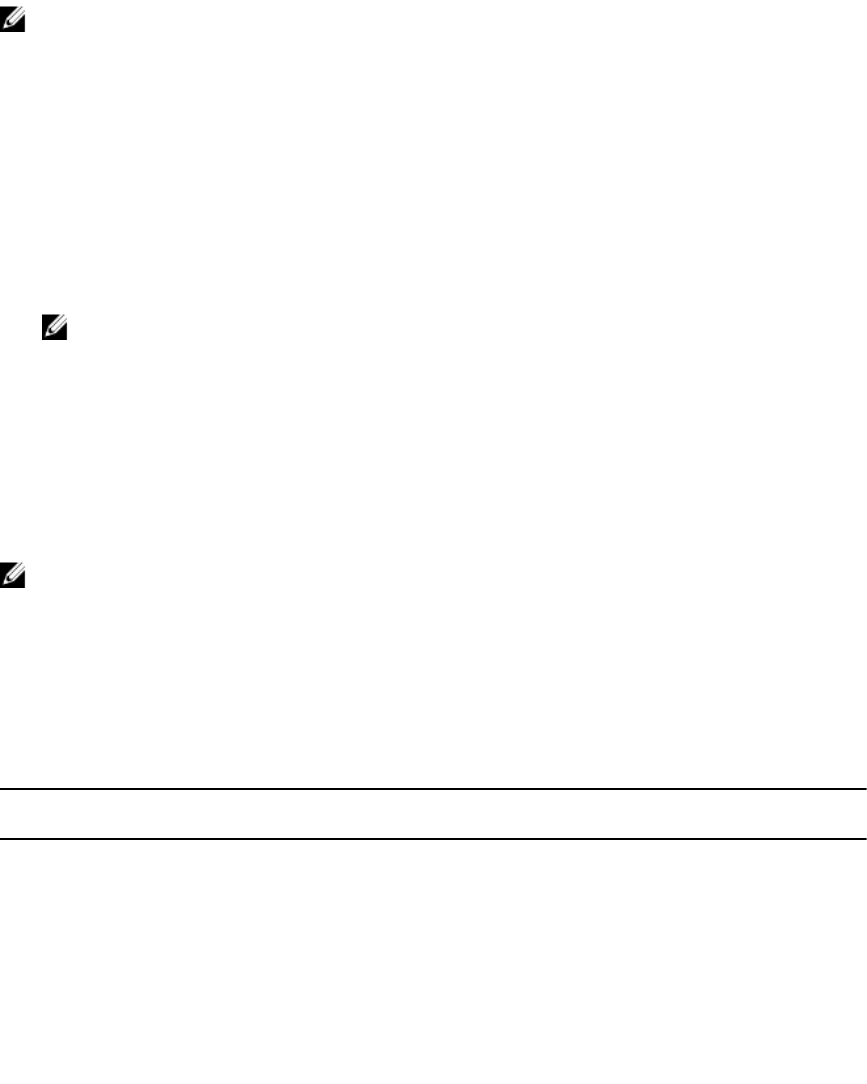
NOTE: You can use the getconfig and config commands or get and set commands.
1. Locate an available user index using the command syntax:
• Using getconfig command: racadm getconfig -g cfgUserAdmin -i <index>
• Using get command: racadm get iDRAC.Users <index>
2. Type the following commands with the new user name and password.
• Using config command: racadm config -g cfgUserAdmin -o cfgUserAdminPrivilege
-i <index> <user privilege bitmask value>
• Using set command: racadm set iDRAC.Users.<index>.Privilege <user privilege
bitmask value>
NOTE: For a list of valid bit mask values for specific user privileges, see the iDRAC8 RACADM
Command Line Interface Reference Guide available at dell.com/support/manuals. The default
privilege value is 0, which indicates the user has no privileges enabled.
Configuring Active Directory Users
If your company uses the Microsoft Active Directory software, you can configure the software to provide
access to iDRAC, allowing you to add and control iDRAC user privileges to your existing users in your
directory service. This is a licensed feature.
NOTE: Using Active Directory to recognize iDRAC users is supported on the Microsoft Windows
2000, Windows Server 2003, and Windows Server 2008 operating systems.
You can configure user authentication through Active Directory to log in to the iDRAC. You can also
provide role-based authority, which enables an administrator to configure specific privileges for each
user.
The iDRAC role and privilege names have changed from earlier generation of servers. The role names are:
Table 12. iDRAC Roles
Current
Generation
Prior Generation Privileges
Administrator Administrator Login, Configure, Configure Users, Logs, System Control,
Access Virtual Console, Access Virtual Media, System
Operations, Debug
Operator Power User Login, Configure, System Control, Access Virtual Console,
Access Virtual Media, System Operations, Debug
Read Only Guest User Login
None None None
141




